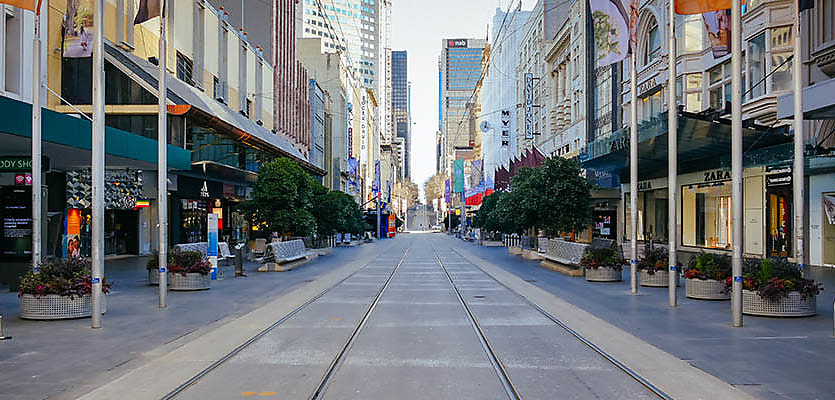In the final quarter of last year, the average cost of debt for the sector leapt to 8.3 per cent, nearly four times as high as Q4 2021, highlighting lender scepticism towards retail property.
According to Benjamin Martin-Henry, head of Pacific, real assets research at MSCI, the organisation behind the MSCI/Merge Australia Core Whole Monthly Property Fund Index, “the retail sector suffered a significant downturn in performance at the onset of COVID-19, due chiefly to write-downs in values”.
He explained, “So far, the sector has not recouped these losses.”
As such, the average cost of debt for assets in the sector (8.3 per cent) is the highest level since the series began in 2015.
By comparison, the average cost of debt for assets for office specialist funds was 5.8 per cent in Q4 2022, up from 2.7 per cent a year earlier and 4 per cent for industrial specialist funds, double the 1.9 per cent reported during the same period in 2021.
The latter’s performance was described as “mainly due to the symbiotic, but not correlated, relationship with retail due to the rise of e-commerce that has fuelled industrial performance over the last years.”
Office and industrial funds also recorded significant increases in the cost of capital in Q4 2022.
The index found a sharply increasing cost of debt, driven primarily by the Reserve Bank of Australia’s 10 consecutive cash rate increases throughout the majority of last year and the early stages of 2023, had a hand to play in the easing of transaction activity and Australian commercial property performance last year.
As a result of these economic factors, total deal volume fell by 25 per cent to $63.3 billion last year.
Mr Martin-Henry said, “It is understandable why there is concern over the retail sector’s performance in the short term,” especially when considering the economic issues faced by the economy last year.
“After all, the main aim of the central bank’s tightening is to reduce consumer spending to bring inflation down from levels not seen since the late 1980s,” he said, adding decreasing disposable income “will impact retail sales across all property subtypes.”
“But the hardest hit asset types are likely to be those with a higher proportion of sales generated by discretionary spending.”
Moving forward, the expert expects that, in light of the retail sector’s declining write-down values, “it would not be a surprise to see well-capitalised investors who aren’t reliant on debt turn their attention to retail assets as some current owners face the pressure of refinancing at higher rates.”

Never miss a beat with
Stay across what’s happening in the Australian commercial property market by signing up to receive industry-specific news and policy alerts, agency updates, and insights from reb.
Subscribe to reb Commercial:







You are not authorised to post comments.
Comments will undergo moderation before they get published.